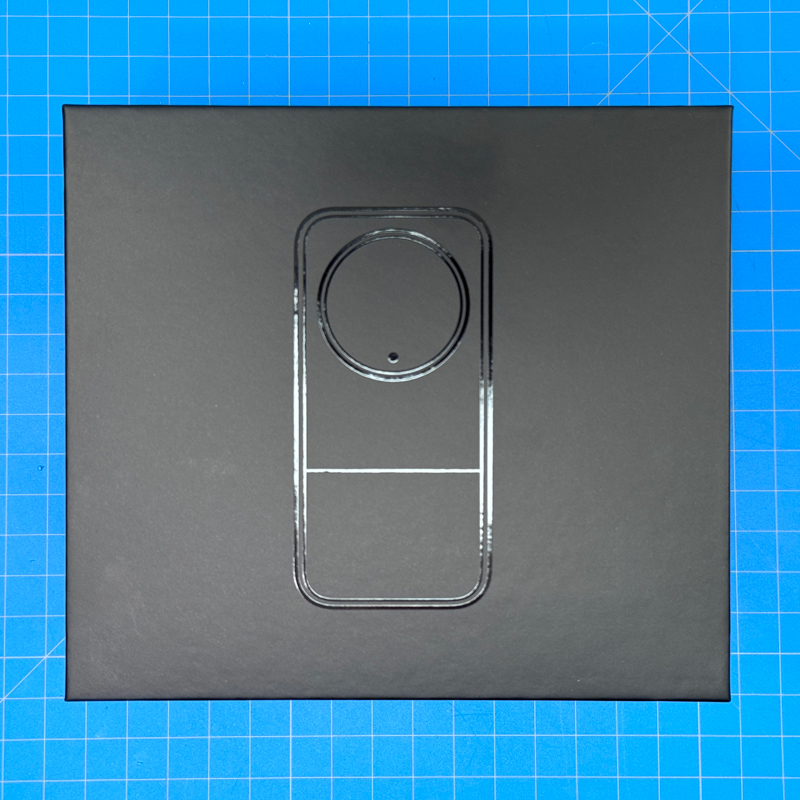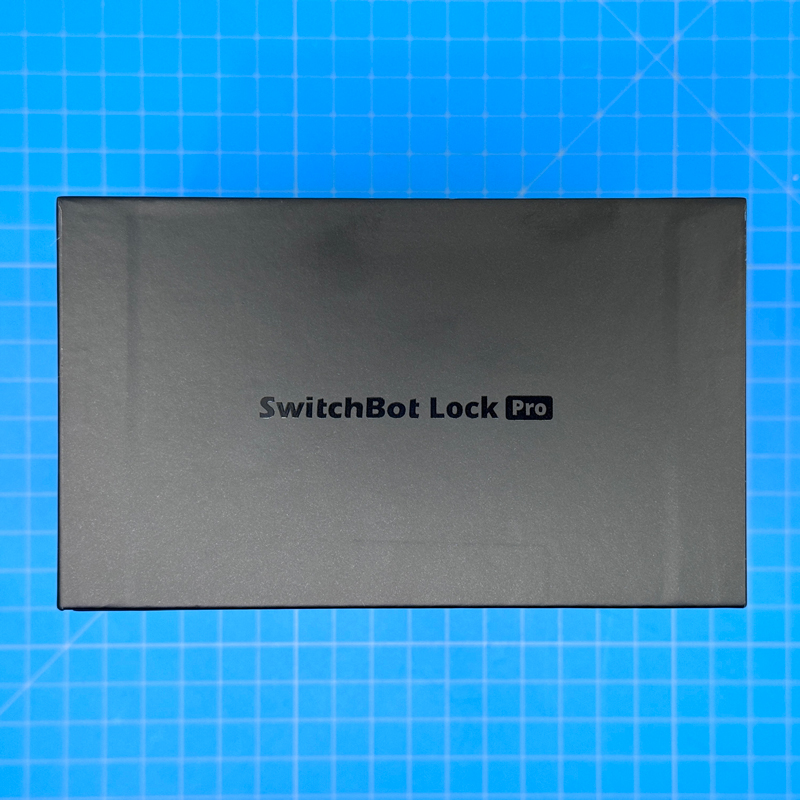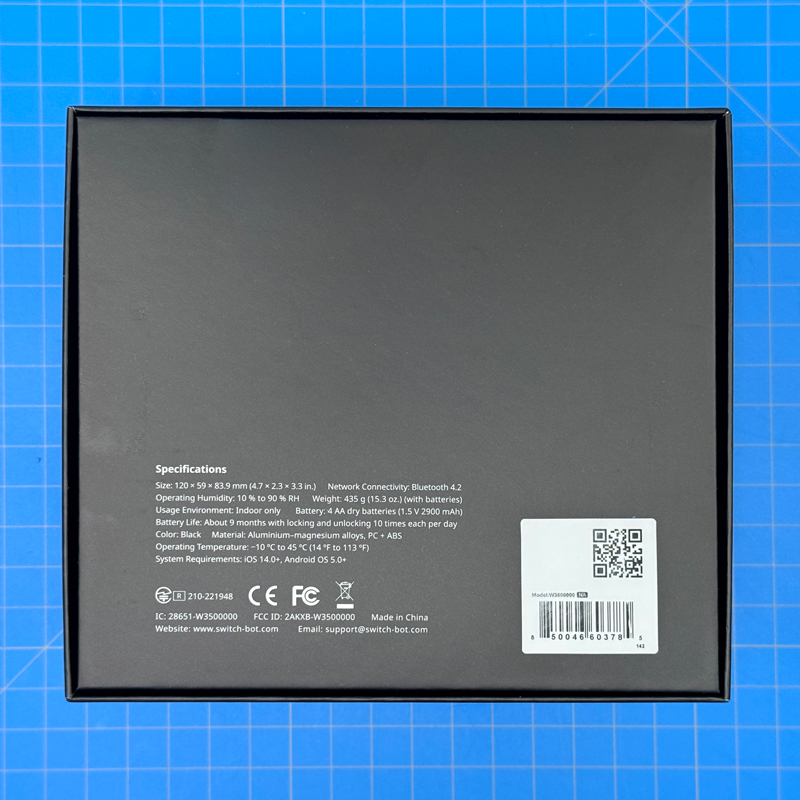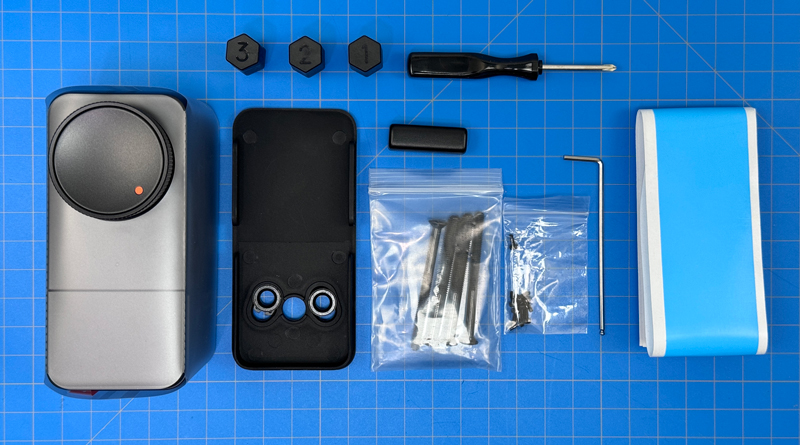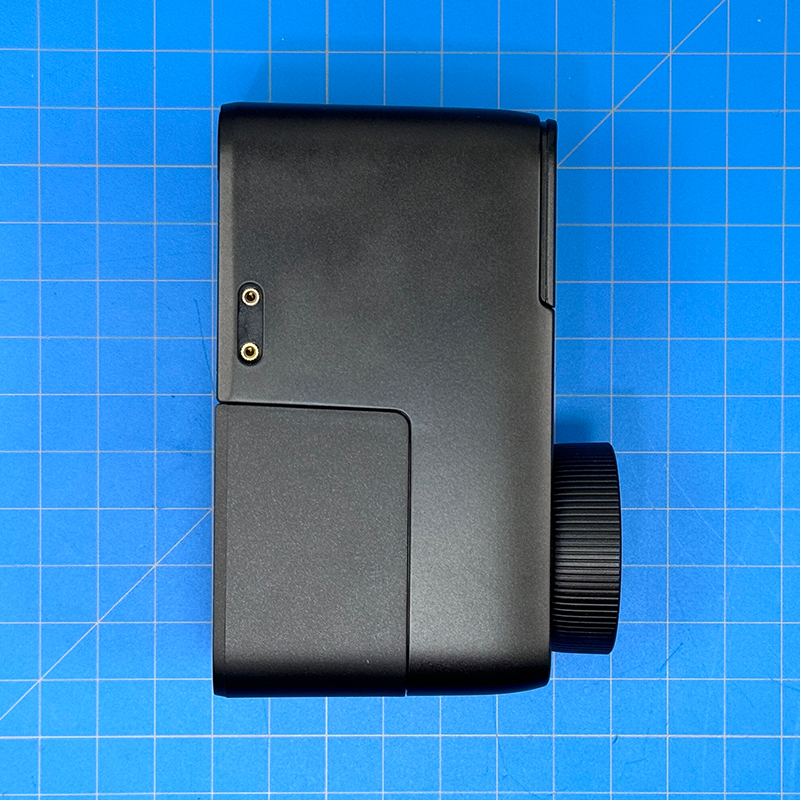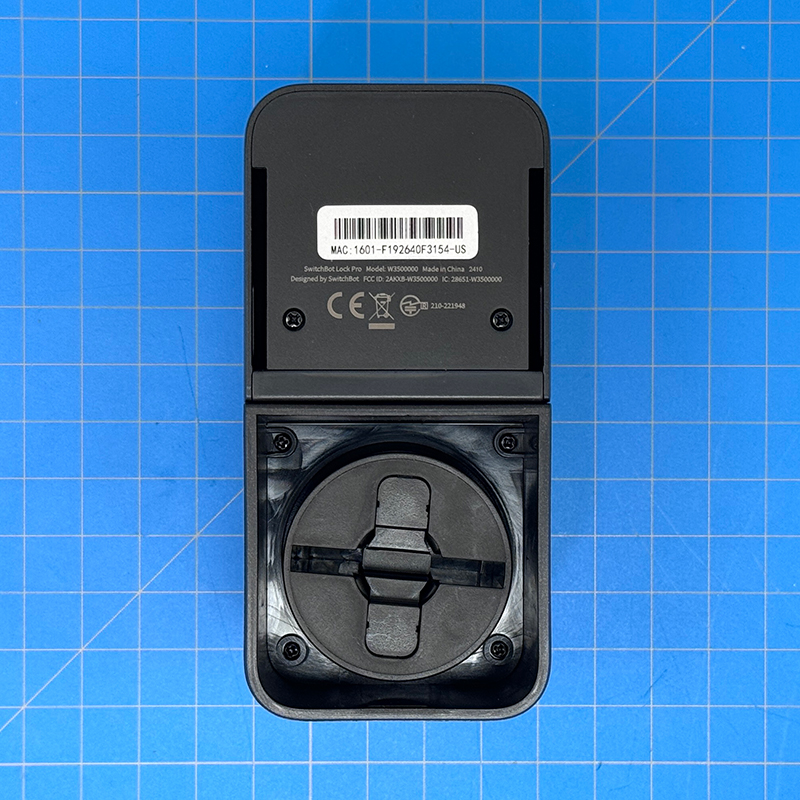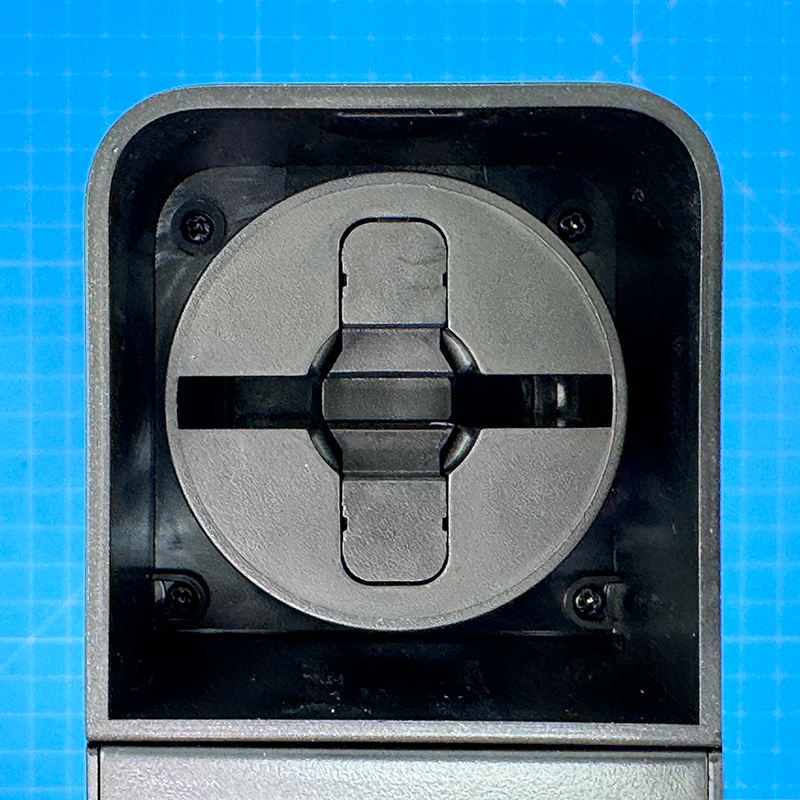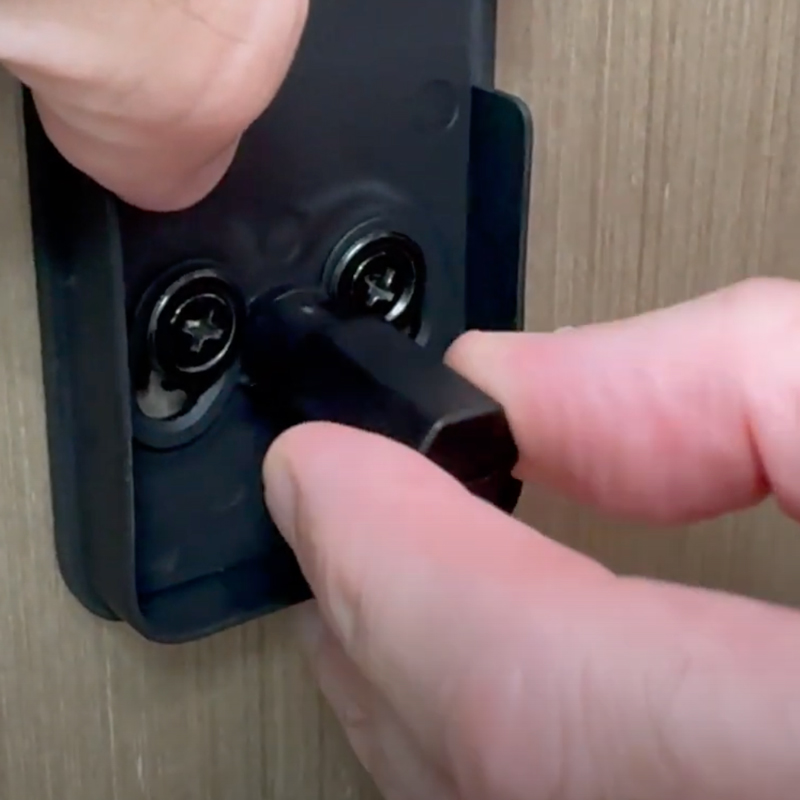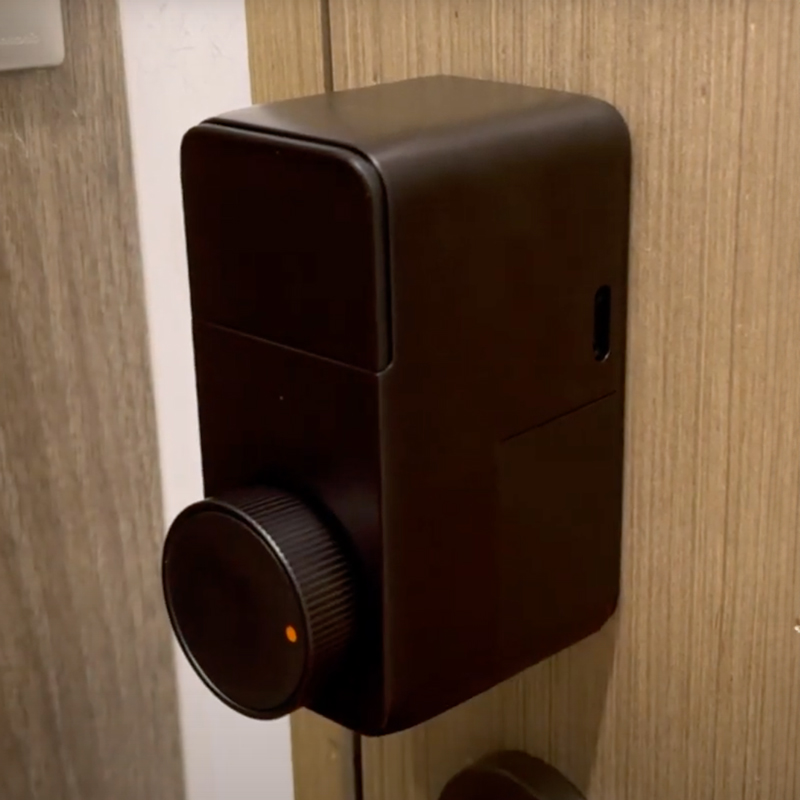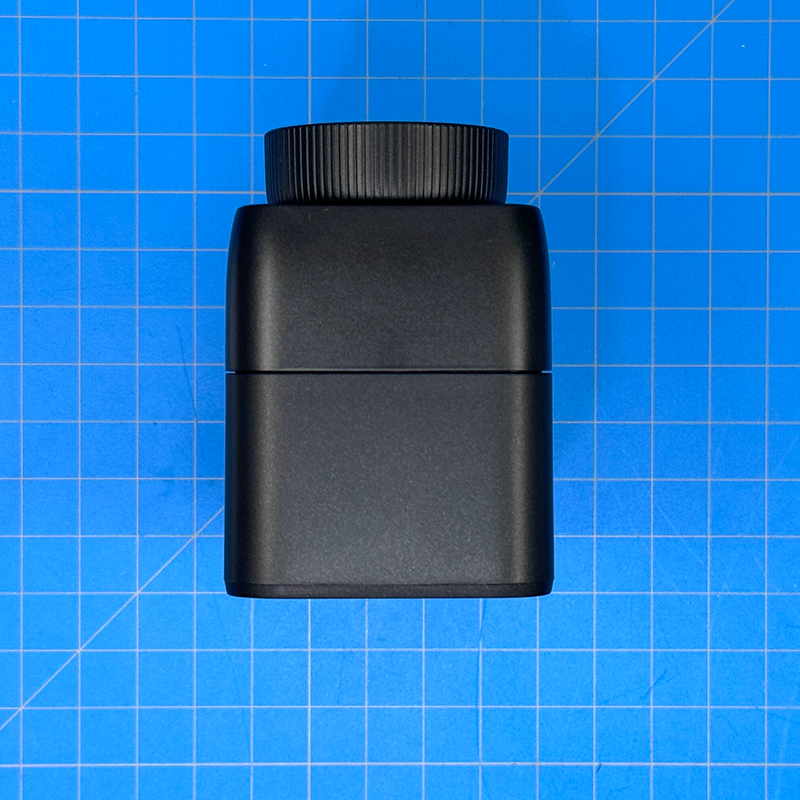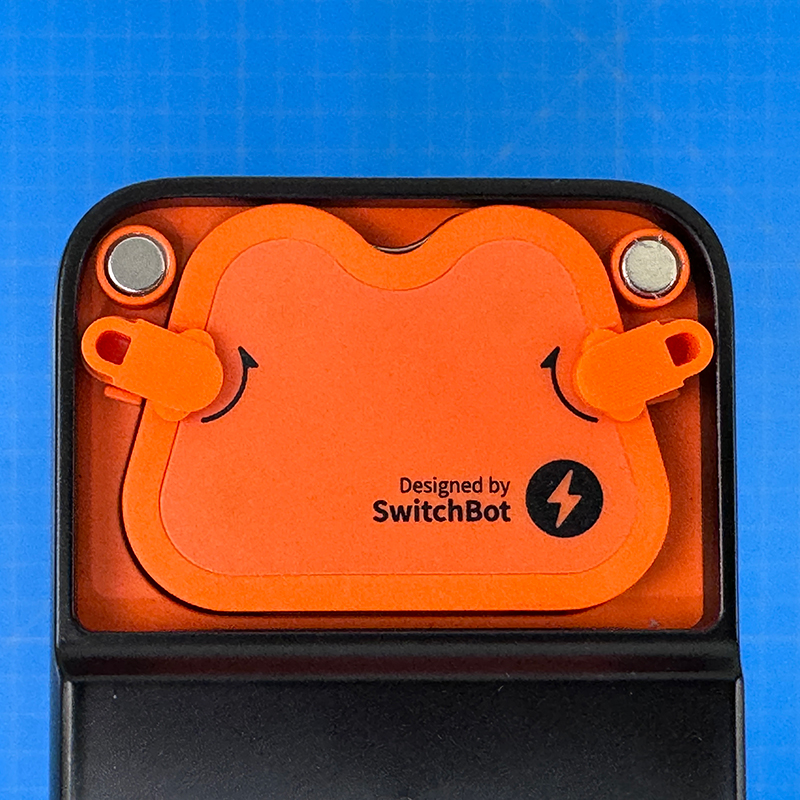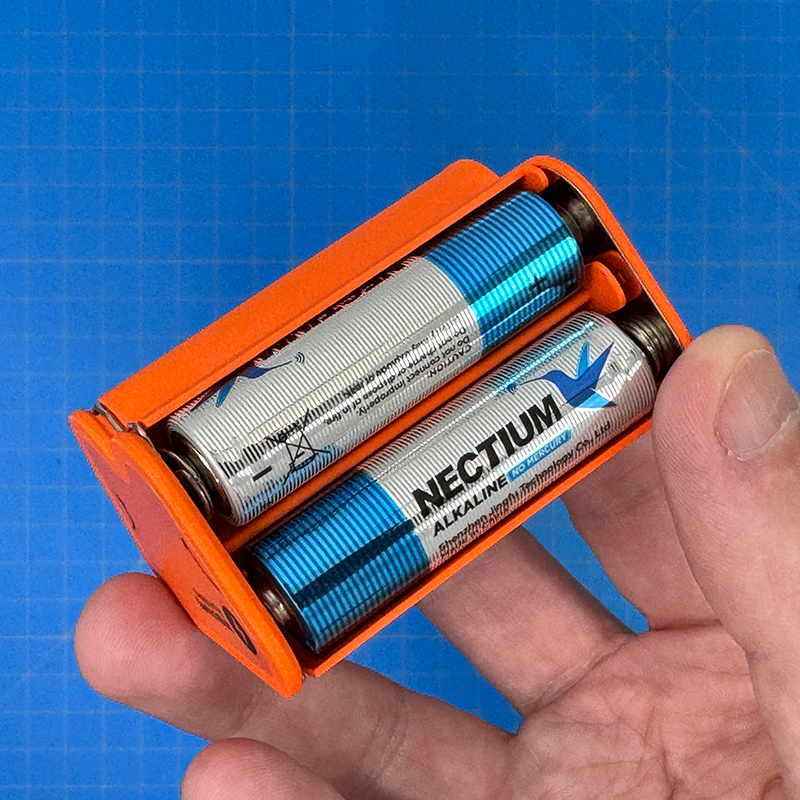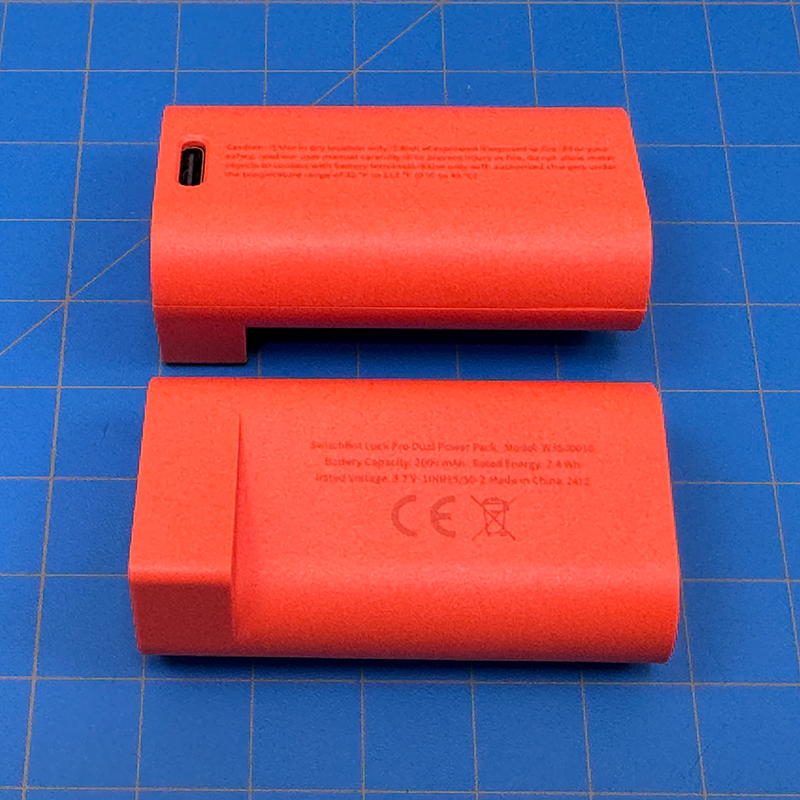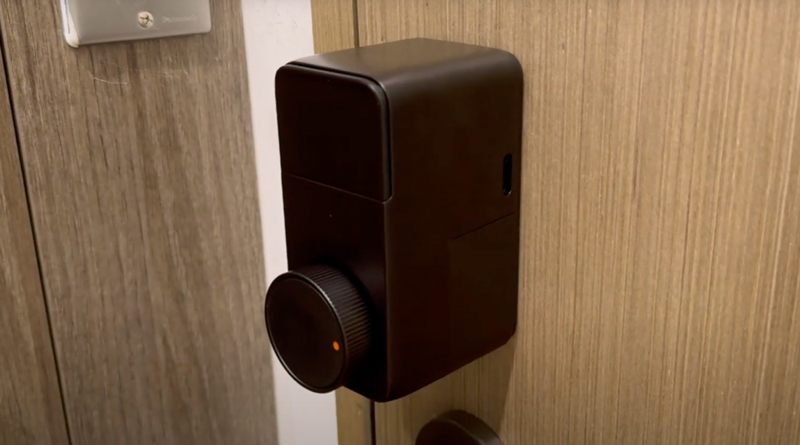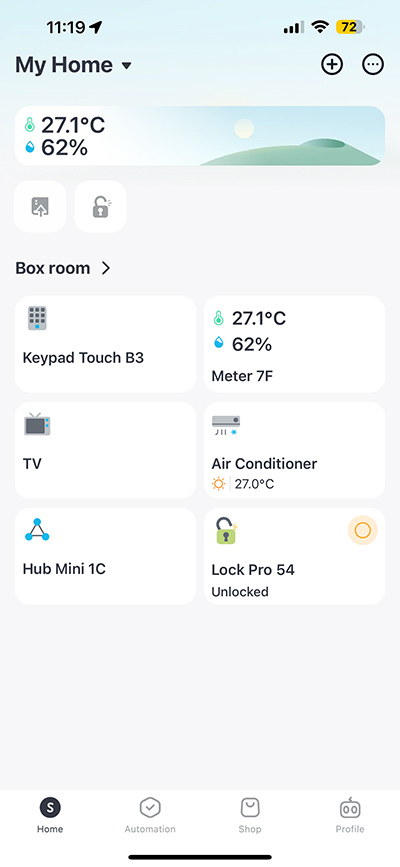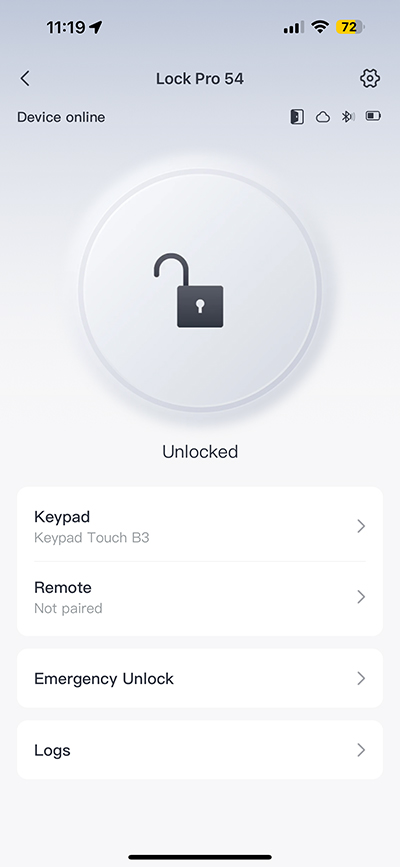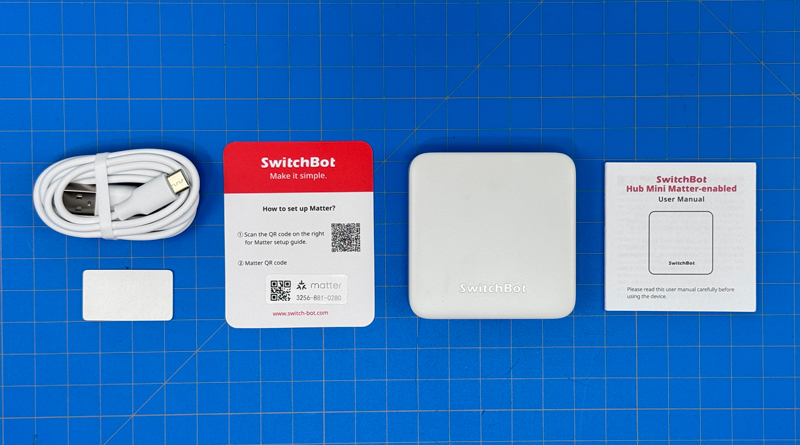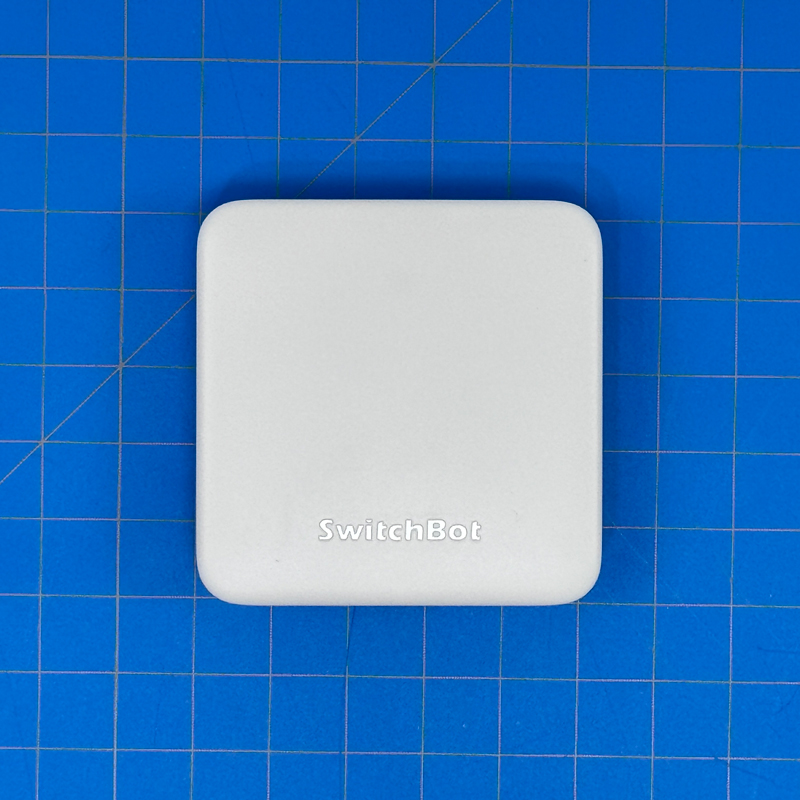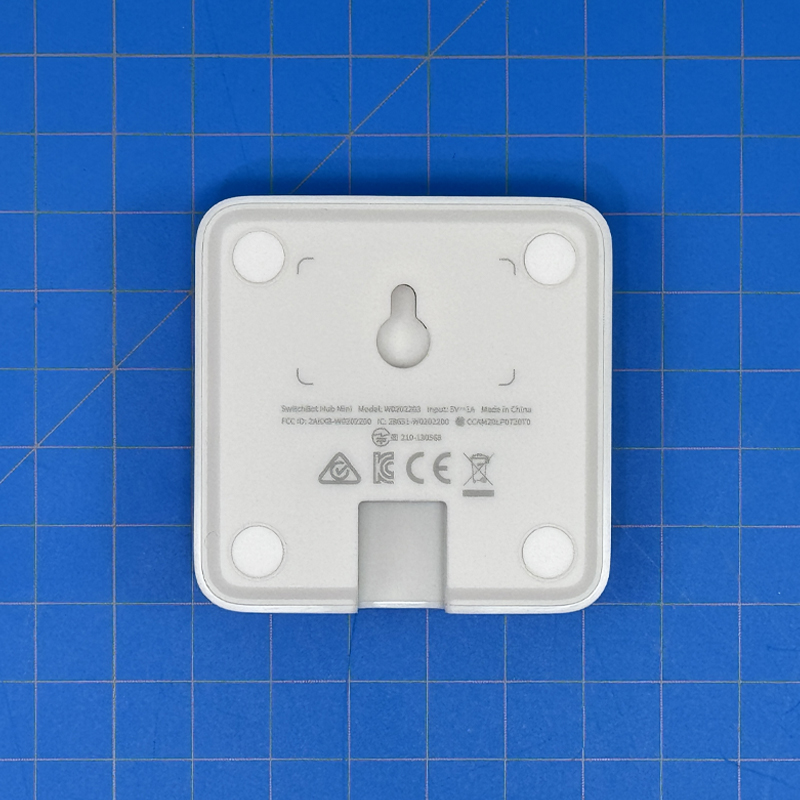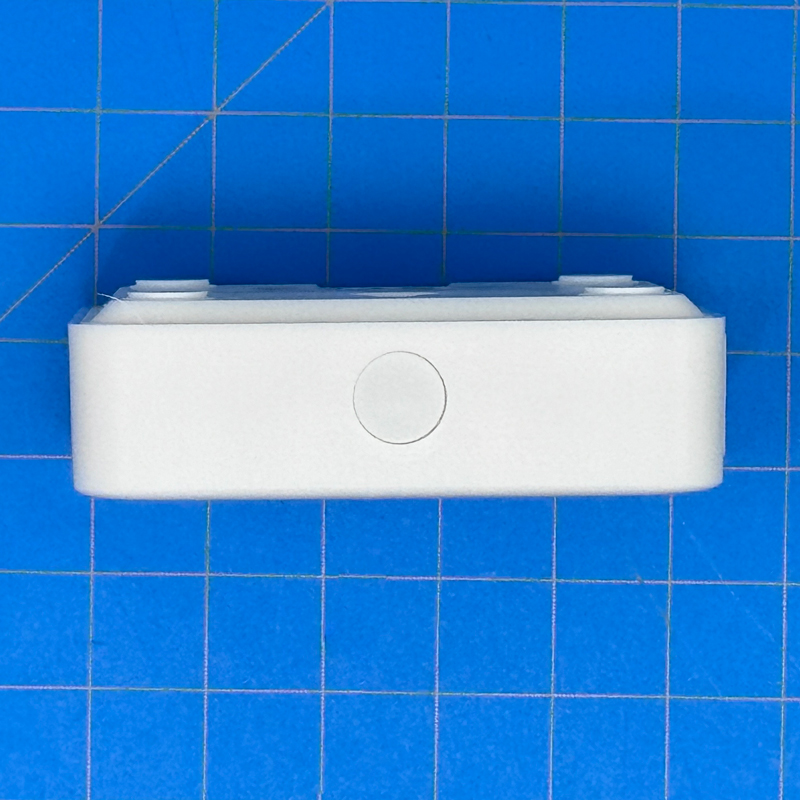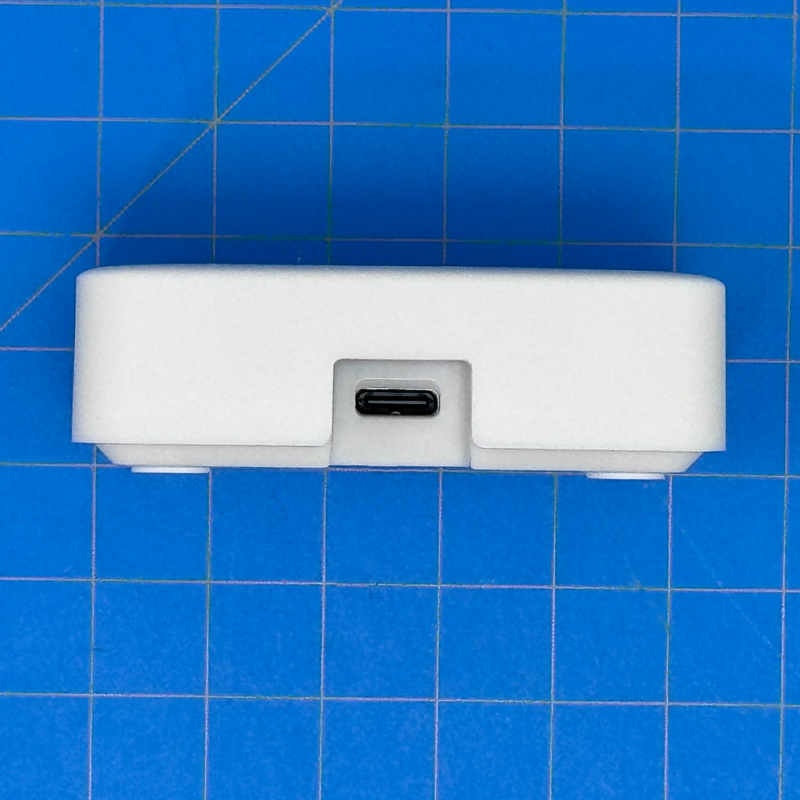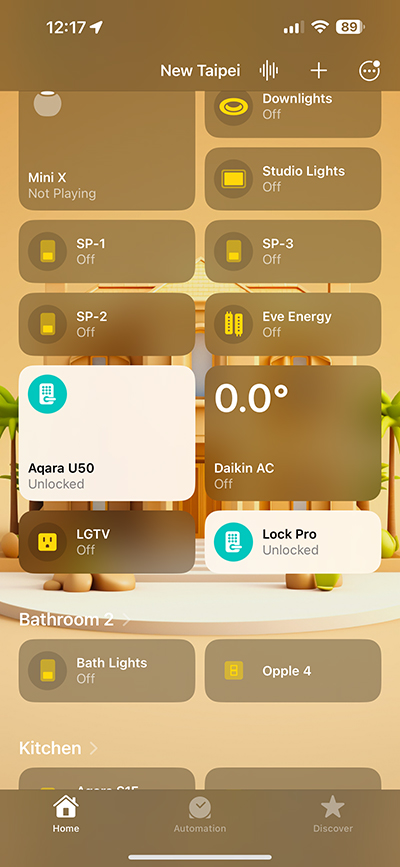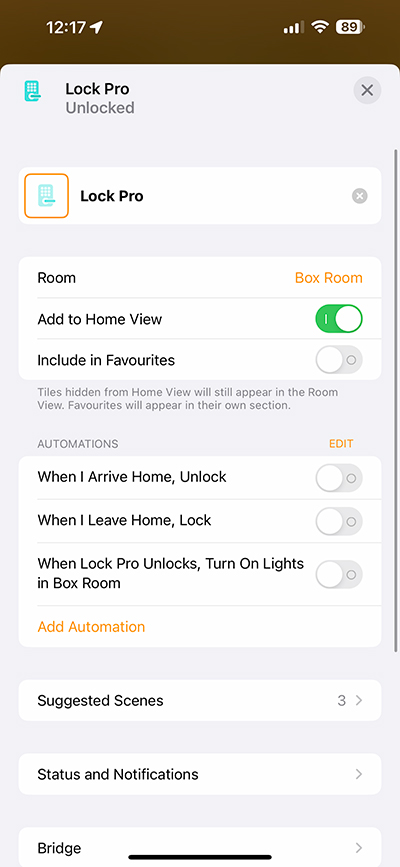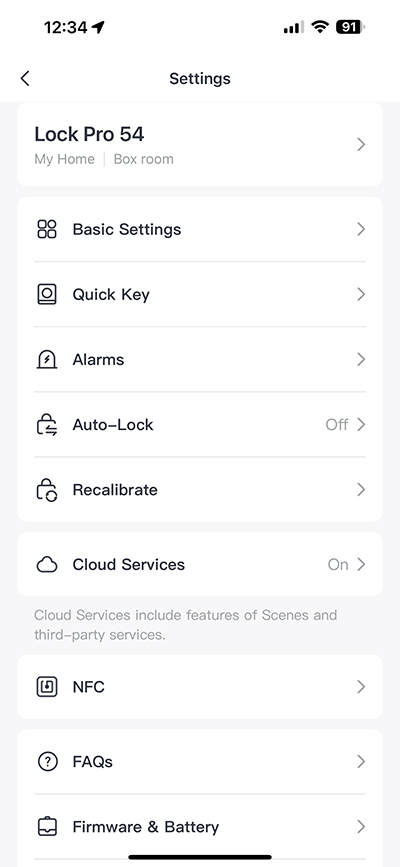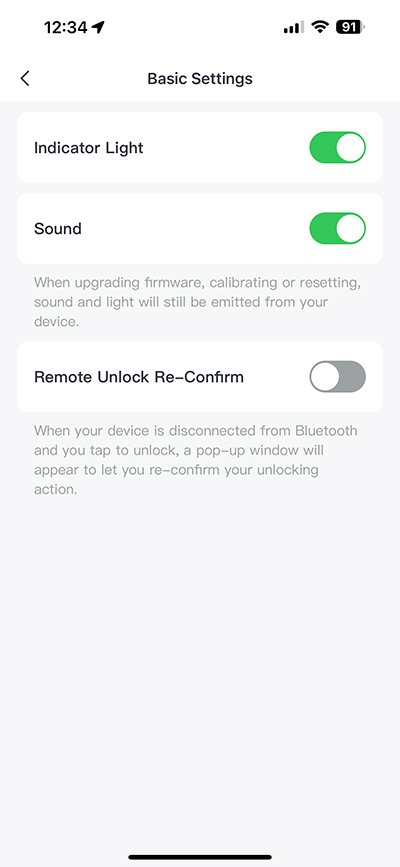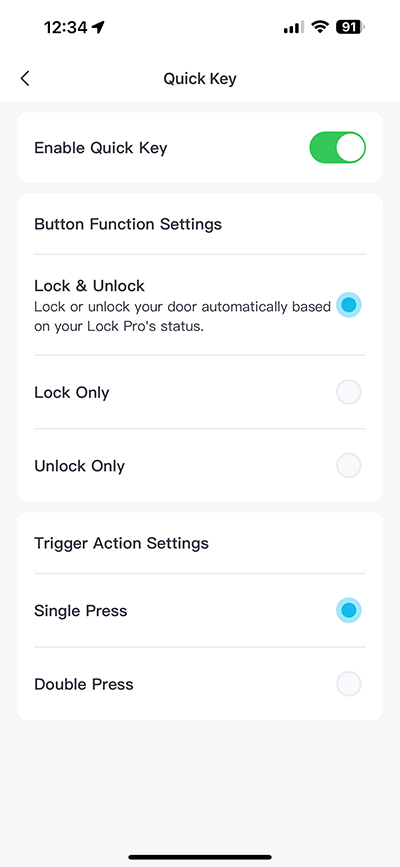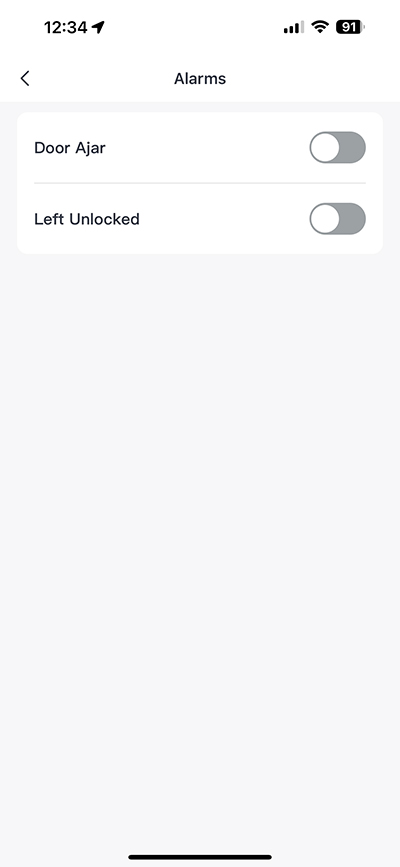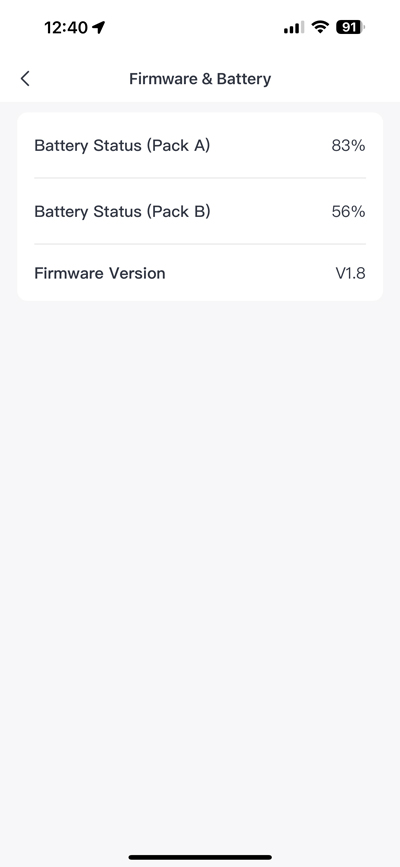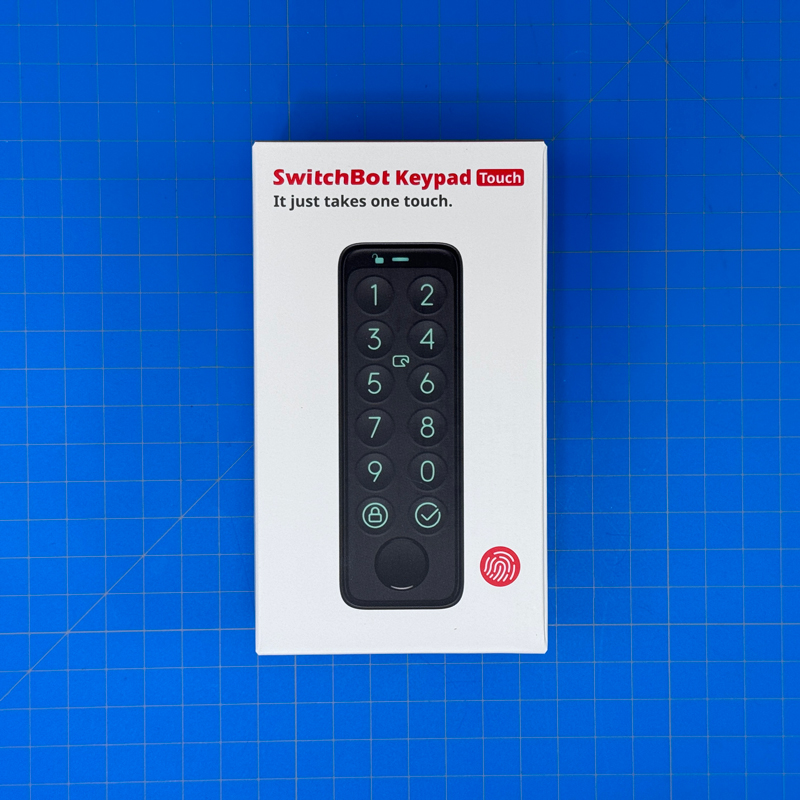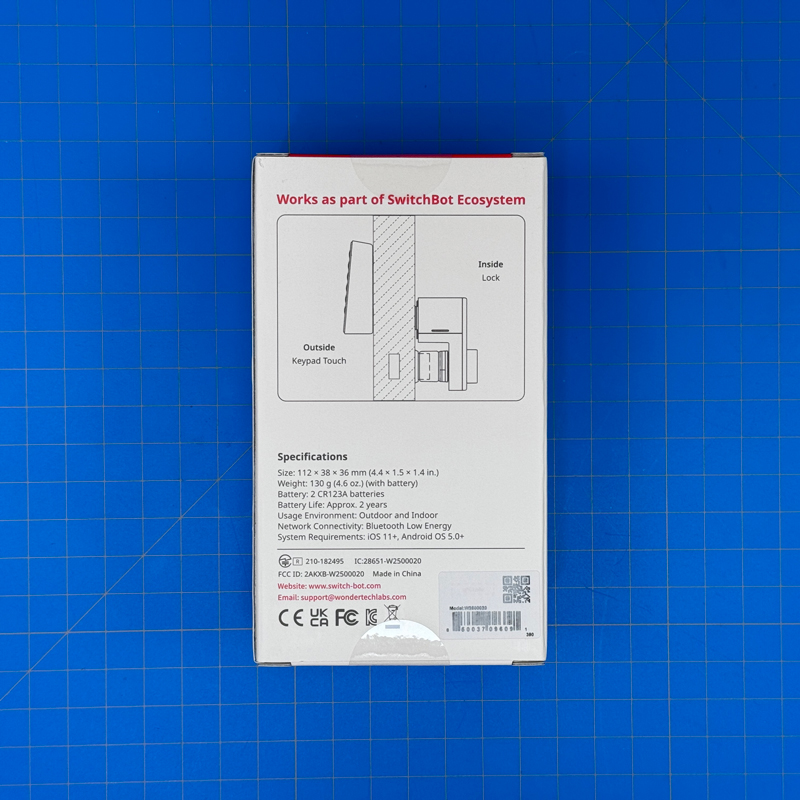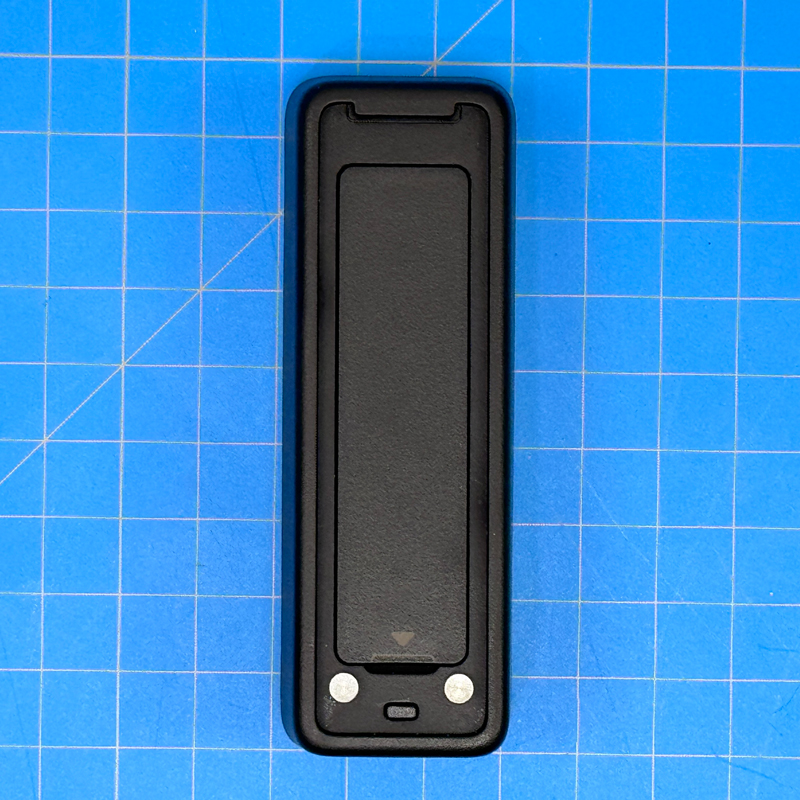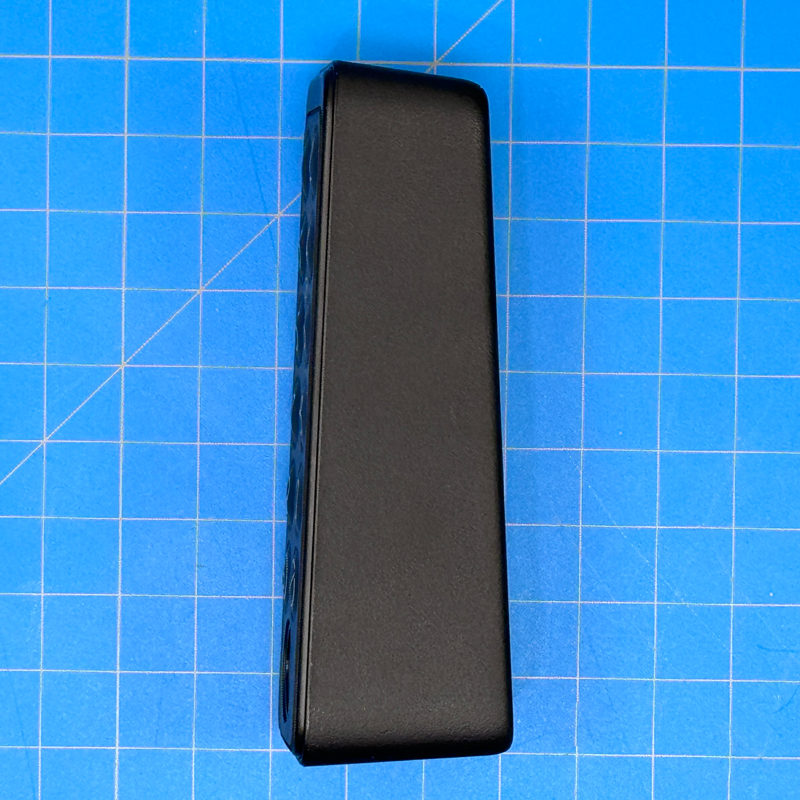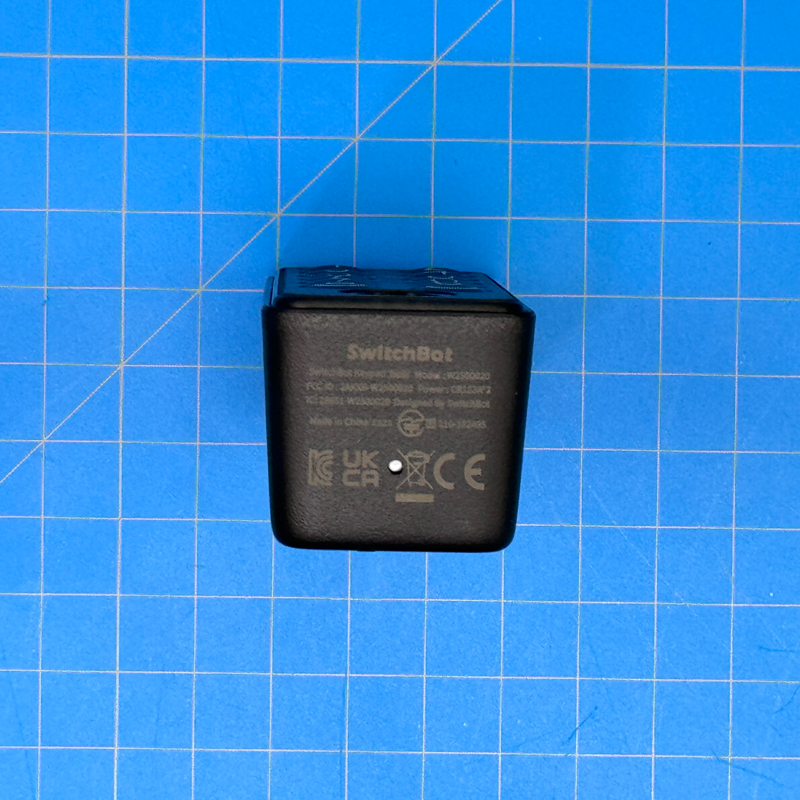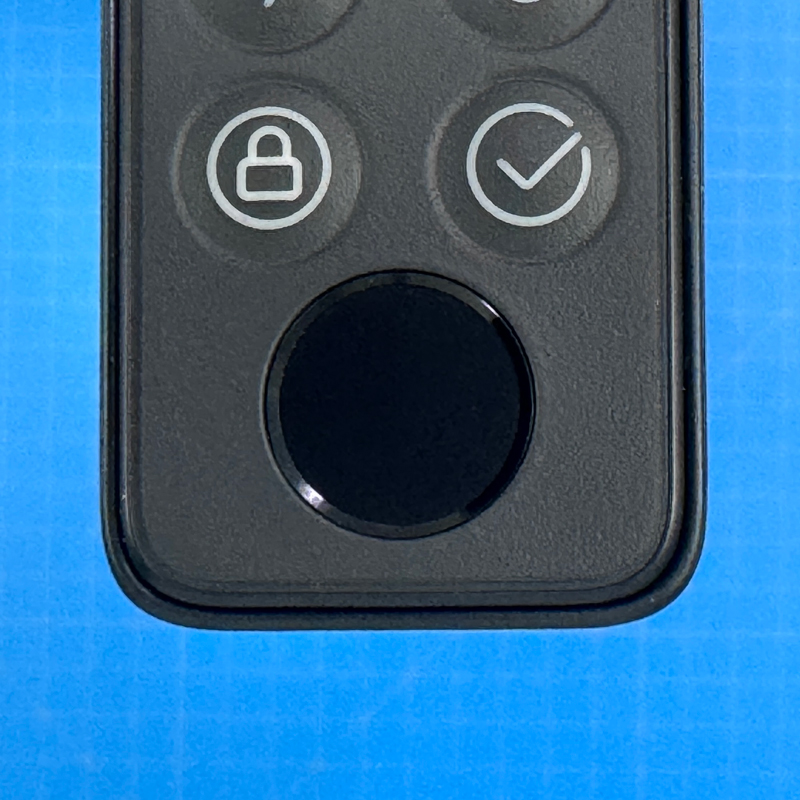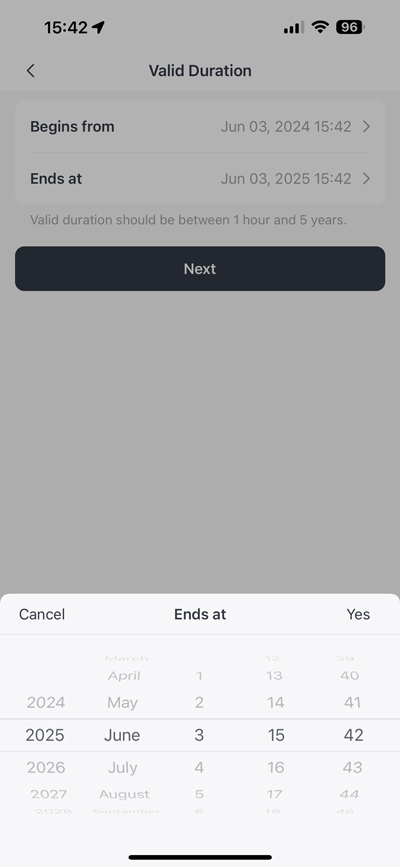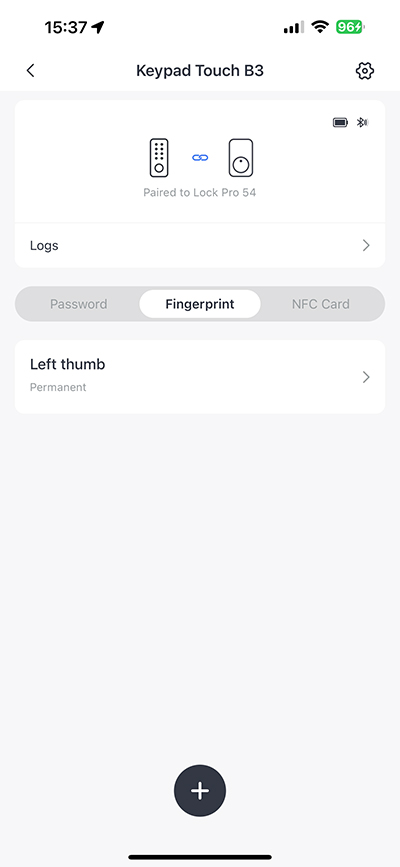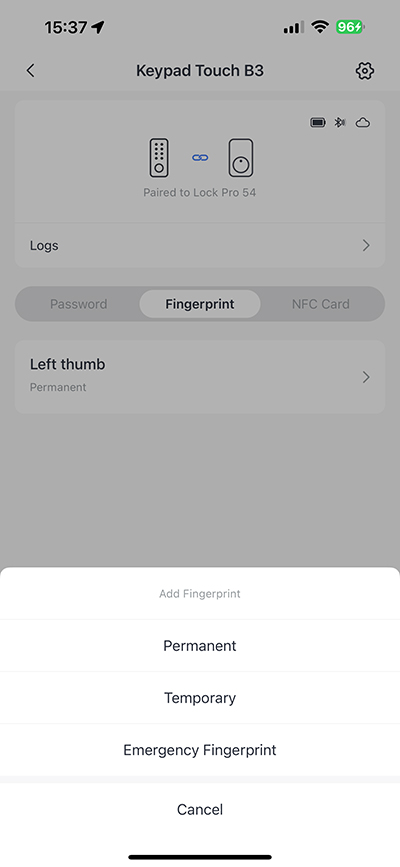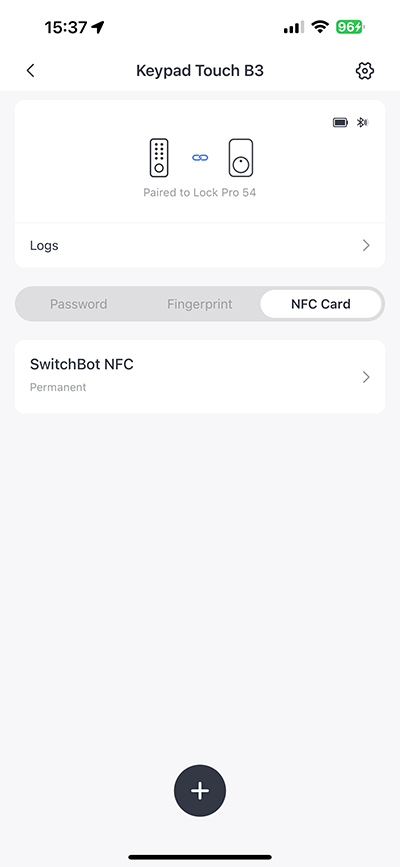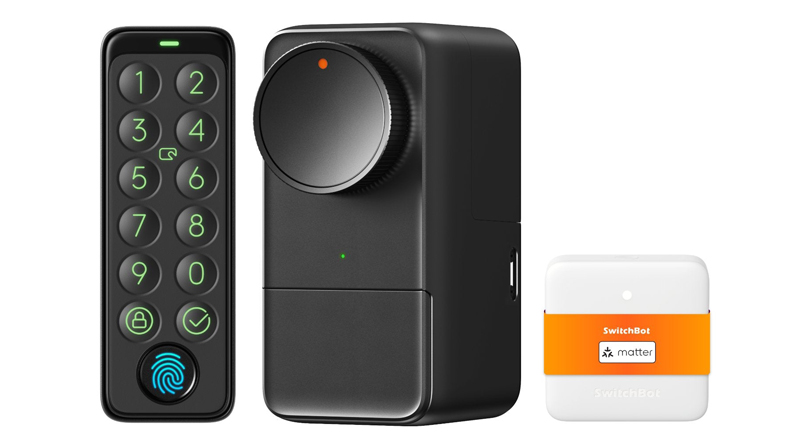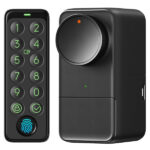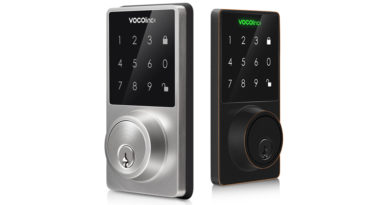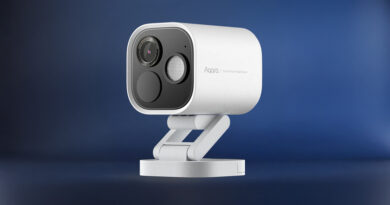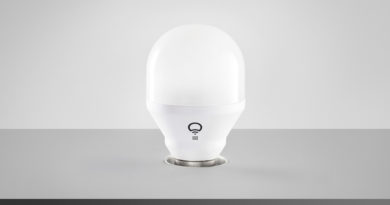Switchbot Lock Pro (review)
When it comes to smart home products, those considered ‘retrofit’ certainly fit a requirement for many people. not only renters who aren’t allowed to make permanent changes to the home they dwell, but also those that simply want something they can take with them, if they move. Today’s review looks at a retrofit smart lock, that whilst not uncommon these days, still offers users – especially those in Europe and the UK, but also the US – another option. The product in question is the Switchbot Smart Lock Pro, which is a step up from the previous iteration, at least in terms of looks. If you’re looking for something that doesn’t require much more than a screwdriver to make you dumb lock smart, this may be the device for you.
In this review, we’ll be look at not just the lock itself, but also the optional Keypad Touch, and the Switchbot hub Mini, with Matter support. It’s also important to note that I’m reviewing the model that works with US deadbolts, whilst there’s also a separate version available for european locks, typically for Eurocylinders.
Final point to note is that unlike many locks that have been released in the last year or so, the Switchbot Lock Pro is NOT Apple HomeKey compatible, at least not at the time of writing this review.
PACKAGING | CONTENTS
If we’re solely talking packaging, Switchbot has made it clear that they feel this is a premium (or Pro) product, with very a understated black box, featuring little aside from a line drawing of the lock, and the product name on the side. The back has the specs, and that’s it, so on the assumption you know what you’ve purchased, the contents are more important, but it still exudes class, so never underestimate the power of good packaging.
There’s a fair bit in the box, which aside from the lock, includes a mounting plate, two pairs of bolts for securing the plate to the outer part of your lock and the deadbolt, as well as three numbered adaptors for different tailpieces. There’s some tape, for holding the outer part of your lock in place during the installation, a magnet for door position detection, a screwdriver, and a hex tool for some small additional screws.
Onto the lock itself, and like the box, it’s a monolithic slab of black for the most part, with only a thumb turn featuring a small orange dot to set it apart. The thumb turn has a tread on it for decent grip, and when turned, has a reassuringly well engineered feel to it. There’s also a small LED above that, which lights up in various scenarios to let you know it’s working. Above the LED is a magnetic lid that hides the battery compartment. The sides are home to a total of four small holes for the included tiny hex screws (there are eight in total, in case you lose some).
The rear isn’t normally seen, as this is the section that connects to the mounting plate, which itself is connected to the door via the bolts that normally connect the existing thumb turn to the outer part of the lock. What you do see is the method in which the lock works to replace the thumb turn, and essentially lock or unlock the door for you. In the case of the US Deadbolt, you would remove the existing thumb turn, connect the mounting plate to the outer part of the lock with either your existing bolts, or the ones provided, then place one of three adaptors onto the exposed tailpiece, with the adaptor then connecting to the centre of the mechanism. Hopefully that all makes sense, but you can also check out an overview of it via the video below, starting at 2’46”;
The top and bottom of the lock are pretty devoid of anything distinguishing, other than the top featuring the Switchbot logo. This all lines up with the distinct ‘less is more’ approach that I personally like. With the magnetic cover plate removed, you have access to the battery compartment, which instead of relying solely on ‘silos’ for the batteries to fall into, uses a sort of cradle that holds the batteries together. This cradle then slots into the space provided, and is held in place with two spring loaded tabs that you turn 45º in order to secure or release the battery cradle. I like this design concept, although if these tabs somehow break, there would be nothing to hold the cradle in place, as the space for said cradle is also spring-loaded (if that’s the right word). Without these tabs, the battery cradle wouldn’t connect to the lock properly, and the lock wouldn’t have power basically.
Speaking of batteries, the company do also sell an optional rechargable battery package, which is actually two separate packs. These take the place of the aforementioned battery cradle, but are still held in place by the same spring-loaded tabs. The difference with these – apart from the recharging option – is that the lock can run on just one of these, so you can recharge one, using the other to keep the lock online uninterrupted. They’re recharged via a provided USB-C cable and port, found on each of the packs, labelled A and B.
SMART INSTALLATION
Having been the happy user of a Nuki Lock 2.0 for a couple of years (review HERE, video HERE) before replacing it with the Aqara A100 Zigbee, I was already familiar with how a retrofit lock of this type worked, so installation was actually quite easy. The Nuki was fitted to my main door, that used a mortice lock with a Eurocylinder, which is not the case for the Switchbot lock I have here, as for the purposes of testing it out, it was fitted to an inner door with a deadbolt. the methods of installation vary slightly but they’re both easy, although it’s important to note that the Switchbot Lock Pro for the two regions (Europe or North America) do come with slighting different mounting plates, so don’t buy the European model thinking it’ll work with a US deadbolt lock, as it won’t.
The Switchbot Lock Pro, like almost all of Switchbot’s lineup, uses Bluetooth. This makes me shudder a bit, thinking that this wireless protocol is still considered a valid option in 2024, especially with Thread now well established. There is a caveat in my stance on this when it comes to smart locks, however, as Bluetooth is still the only option available when connecting a lock and phone directly to one another. The newest iPhones have Thread inside, but as far as I’m aware it’s not being made use of, whilst all smart phones come with Bluetooth as standard, so in cases where you need that direct connection, Bluetooth is still the only choice.
Still, this lock could have gotten HomeKit certification, as many other smart locks have in the past, which would have negated the use of the company’s Switchbot Hub Mini (w/Matter) or the Hub 2, which is required if you want to expose the lock to any smart home platform. I guess the reasoning is that the lock can only be bound to an Apple Home Hub for HomeKit, or their own hubs, not both at the same time. It’s clear that Switchbot has its own ecosystem in mind here, and if you’re an owner of many other devices by them, the lock does in some ways benefit from having it connected to their ecosystem via these hubs, just as Aqara offers certain functions exclusive to their ecosystem. Maybe they should have offered both options – HomeKit or Switchbot hub integration. just saying…
Manual control of the lock can be achieved by simply using the dial or thumb turn for locking or unlocking, but this dial also has a button built into it. Pressing the button can also achieve the same basic lock control, which is useful for people who may suffer from limited control over their hands or fingers.
You can add the lock to the Switchbot app without needing a hub, which allows you to control the lock as long as you and your phone are in Bluetooth range of the lock. Adding it to a hub exposes it to third party platforms, as well as allowing the lock to interact with other Switchbot devices, and devices on other platforms, using scenes or automations.
In the Switchbot app, you have a dedicated tile for the lock, along with a single screen to control its status, view usage logs, and see what other devices are connected to it. In the case above, you can see I have the Switchbot Keypad Touch connected to the lock (via Bluetooth). You’ll also notice that I’ve got a few other items set up in the app – an AC controller, a temperature and humidity sensor, the aforementioned lock and keypad, as well as a TV and the hub. Both the AC and the TV are controlled via the hub’s built-in IR blaster, which also exposes those devices to Apple Home and other platforms.
Ultimately, unless you already have the Switchbot Hub 2, the new Hub Mini with Matter is an essential purchase if you want to get the most out of the lock. The Hub Mini is useful in its own right, due the IR blaster though, so it makes sense to get it anyway.
In Apple Home, it’s a pretty standard affair, with a single tile to represent the lock for quick access to open and close actions. There’s a larger toggle control when you press on the tile (but not the icon). You also have basic settings for the lock. it doesn’t include an option to view the battery levels unfortunately, which is reserved for the Switchbot app.
THE SWITCHBOT APP
The Switchbot Lock Pro offers a respectable amount of customisation, including the basics, like Control over the LED indicator, and alert sounds from the lock. The button on the lock can actually be used in more ways than just controlling the lock, with options to restrict it to to just one of the two options. You can also assign actions to the button when performing a double press, so you can trigger scenes or automations, but only within the Switchbot app.
There are options that allow for triggering an alarm when the door is either ajar, or left unlocked. Even though the lock can be exposed to Matter via one of the company’s bridges, the app and ecosystem aren’t actually a Matter platform in the way that Apple Home, Amazon Alexa, or more recently Aqara Home, are. This means that if you want to connect to the lock remotely solely within the Switchbot app, you still need some form of cloud connectivity. If you want remote access from within HomeKit, you’re also essentially using Apple’s iCloud services to connect to your devices remotely anyway, so this isn’t as odd as it may seem. With this cloud connection option, you can still pair your devices to Google, Amazon, IFTTT, and even Siri Shortcuts using what I’d call legacy methods, which is how you would have connected to these platforms pre-Matter. Battery status, as mentioned earlier, is the preserve of the Switchbot app. As you can see from the screenshot above, I’m using the rechargeable battery packs, and with it I get to see the status of each of the two packs. If I were using standard batteries, it would show the collective state of the four batteries.
THE KEYPAD TOUCH
If you’re disappointed that this lock doesn’t support Apple homeKey, but still want to use the lock, the Keypad Touch is essential in my opinion. This optional piece of kit connects directly to your lock, and whilst at its core it’s a keypad, it has a built in fingerprint reader, as well as NFC capabilities.
There’s a ton of parts to go with the keypad, which includes a metal plate, screws, an adhesive strip, and a pair of grommets to affix it to the outside of your home/door. The keypad is IP65 rated for outdoor use and can function with the following temperature ranges; -25 ~ 66 ℃ / -13~150ºF.
The keypad is capable of locally storing up to 100 separate fingerprints, but it can also store up to 100 passcodes of course. These passcodes can be one of a few types;
- Permanent Passcode: This is a passcode that is valid at all times. This type of code need to set up a Permanent Passcode first before you can set up others.
- Temporary Passcode: This is a passcode that can only be available for a certain period. The maximum validation period is 5 years.
- One-time Passcode: This is a passcode that is only valid once. And can be set with a time limit between 1 to 24 hours.
- Emergency Passcode: Should you use an emergency passcode to unlock your door, this action will be recorded and a relevant notification will be sent to a verified email address.
In many cases, people have found that a fingerprint sensor for a lock – whether part of the lock itself or separately as in the case here – is preferable to Apple HomeKey, simply because it’s quicker and you don’t need to get your phone out to unlock the door. HomeKey on an Apple Watch is probably almost as convenient too, of course. Passcodes are slower due to the nature of having to type them in, but they’re a good back up and also the type you can pass out to people, and cancel at any time.
The one area that seems to be lacking options is for the passcode side of things, as you can set a permanent passcode with no restrictions, but you can’t set a permanent passcode that has time or day restrictions. This is something you’d typically see in other locks where such options would be used for a permanent visitor to your home that only needs access at certain times of the day, and days of the week (cleaner or pet walker for example). You can set a temporary passcode, but that just has a start and end date, with seemingly no option to select time periods or specific days.
In one sense this shouldn’t matter, as both passcodes and fingerprints that are used are logged for you to check on if required, but given this is somewhat of a standard when it comes to passcodes for locks, it’s surprising to see it missing here.
The other option to unlock your door is with NFC; The keypad comes with a complementary Switchbot NFC card, with the option to buy more. This is probably the closest you can get when it comes to a comparison with Apple HomeKey, as the latter is based on NFC, even if it differs in some important aspects. The advantage of the NFC card is it’s faster than tapping in a passcode, and it’s less likely to be misread, unlike a fingerprint sensor, although in fairness to said sensor, it’s pretty reliable, so the choice is yours – passcode, fingerprint, or NFC card. I have seen that standard writeable NFC cards can be used with the keypad, although when I tried with a standard NFC card, it wouldn’t work.
IN USE – LOCK | KEYPAD | HUB MINI
Starting with the central device, the lock, and it has performed well, and I really have nothing to complain about. Some have bemoaned the size of it, and yes it is bulky, but then it has to carry four AA batteries and house a motor surrounding a thumb turn or key in some cases, so I’m not sure if there’s a way around that. At the end of the day, this is a retrofit device, so you benefit from keeping your original keys, which means no re-keying of your locks. Initially I found that compared to the Aqara U50, which I reviewed (video) soon after this lock, it would often show as offline, before eventually showing as online. I mention this in the video too. The U50 always showed as online straight away, whereas this lock took in some cases as much as 10 seconds to get to its online state. Thankfully iOS17.5.1 seems to have fixed this issue, and it now shows as online as instantly as the U50, so I’m glad to be able to say this is a non issue now.
It’s a shame this couldn’t work directly with Apple Home, and although I can see why they probably went down this route, I think it would have been good to be able to offer consumers the option to have it connect to a Home Hub if they didn’t need/want/have one of Switchbot’s hubs, but that’s their prerogative.
A lack of HomeKey support isn’t going to win it many fans, but then as it’s a Matter lock (via their hubs), Matter doesn’t support HomeKey anyway, so there’s little to be argued about there. With the keypad, which I think is very sturdily made, and reliable, it does make for a compelling retrofit option, that dare I say is better than Nuki’s offering. Whether this lock is going to be overshadowed by the upcoming Aqara U200 remains to be seen, but given the U200 comes with a keypad as standard, which also offers Apple HomeKey, it’s safe to say the Switchbot option has its work cut out at trying to convince people they should be going for the Switchbot Lock Pro.
Finally, the hub, which was originally only going to be sold as part of a lock package is actually now available to purchase separately. However, at US$59.99 I think it’s a bit overpriced, given the price of much more capable Aqara hubs that are available in a range of price options. Still, it does have an IR blaster that actually exposes all IR devices connected to it (subject to a limit), and not just the AC controller in the case of the Aqara Hub M3. So, if you don’t already have a hub, but want these extras, it could be useful and is available as part of package that brings the total cost of lock, bridge, and keypad down considerably compared to the cost of purchasing them separately.
Am I using it now, you might ask. Well as it was tested over a few weeks on an internal door, it could sit there and not be noticed, but I’ve actually since fitted the U50 in the same location, so no it’s not in use. My main door, which used to have the Nuki Lock 2.0 is now home to an Aqara A100 Zigbee, so there’s nowhere it can be used right now. As it stands, with the A100 on the front door, the U50 on another internal door, and the U200 in testing on yet another door, I have nowhere for it to go. That doesn’t mean to say it’s not good enough, but considering it needs the hub for HomeKit integration, I could do without a hub that really only serves the one purpose in my case, so I can’t give it a home. Maybe you can though!


